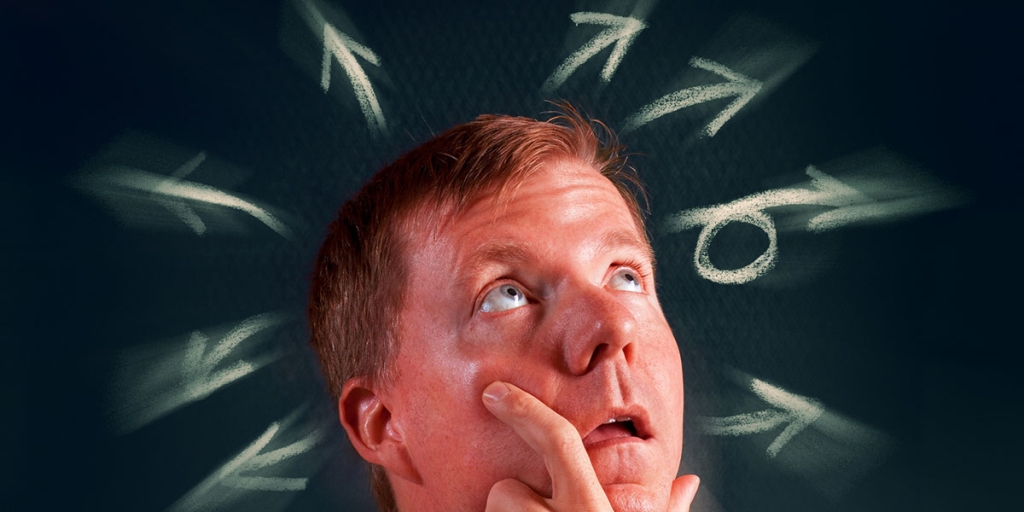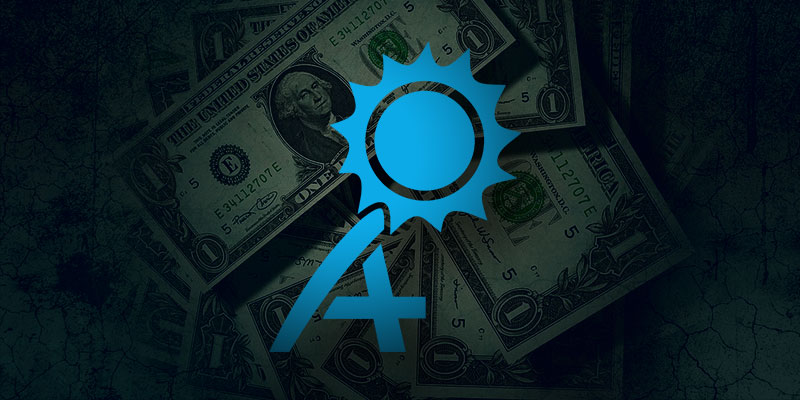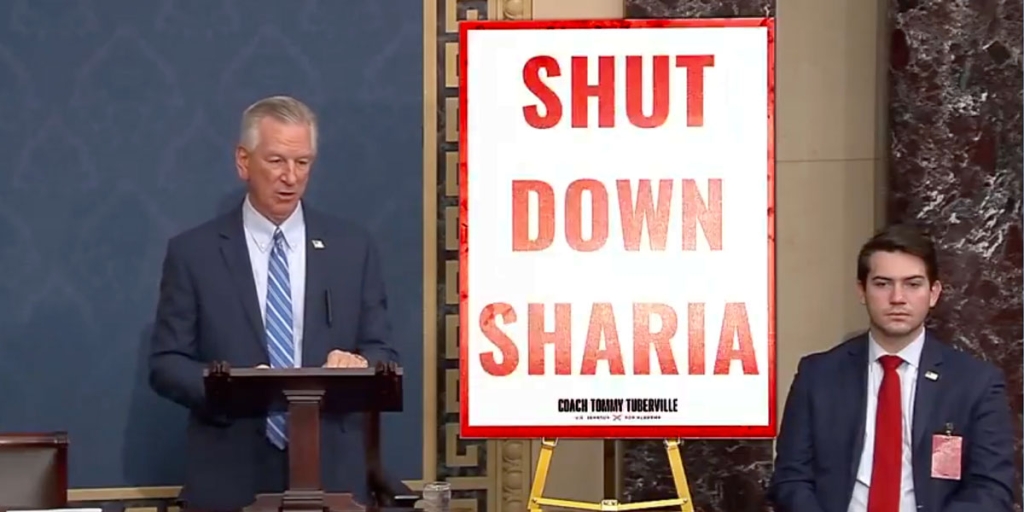Economic freedom is the freedom to engage in commerce and use our property as we see fit. Over the past 25 years, economists have developed measures of the economic freedom of nations and states. A new measure of the economic freedom of metropolitan areas (MSAs) allows us to answer which Alabama city has the most economic freedom?
Measuring economic freedom allows investigation of whether free markets deliver the benefits which economists like I promise. Dozens of papers now document how freer nations and states are richer, grow faster, have less inequality, and cleaner environments.
The Fraser Institute’s Economic Freedom of North America (EFNA) measures the freedom of U.S. and Mexican states and Canadian provinces. The EFNA’s lead author, Dr. Dean Stansel, has taken the state scores down to the MSA. This index will enable research on whether freer markets help explain the variation in prosperity within states.
The index scores MSAs based on government spending, taxes, and labor market freedom. The ratings use the Census of Governments with data from America’s 90,000 governments, including cities, counties and school districts. Economic freedom is scored on a 0 to 10 scale, with 10 indicating the most freedom. The freest MSA is Naples, Florida, with a score of 8.55, while the least free is El Centro, California, at 4.22. Among MSAs with populations over one million, Houston is best at 8.00 and Riverside worst at 5.23.
Birmingham tops Alabama’s 12 MSAs with a score of 6.81, followed by Montgomery and Huntsville. Alabama’s least free metros are Dothan and Auburn-Opelika, with scores of just over 6.0, a relatively modest difference in freedom. If we dig deeper, Alabama’s metros have the best scores on the taxes component and the worst on labor market freedom.
Economic freedom seems to affect metropolitan income and growth. The freest cities have per capita income 6 percent above average, while the least free cities have income 5 percent below average. The freest MSAs also have significantly faster-growing populations.
I should point out that the index excludes zoning and land use regulation. Zoning makes construction of new housing almost impossible in some of America’s largest cities, preventing construction of higher density apartment buildings. An artificially limited supply increases housing cost.
MSA scores reflect the freedom rankings of their state. Cities from Florida and Texas, two of the freest states, dominate the top of the rankings while California and New York cities populate the bottom ranks. Alabama ranks near the middle of the states, and our MSAs reside in the middle of the national rankings. Among the 52 large MSAs, Birmingham ranks 26. Alabama’s other MSAs rank between 118 and 247 among the 330 MSAs with fewer than one million people.
Sizable differences in freedom exist among the cities of some states. MSA freedom exhibits a spread of 4.3 points across the nation. California, New Jersey, and Texas all have differences of over 2.2 points, or half the national spread. California is a relatively unfree state, but its freest MSA is San Jose, which has helped Silicon Valley’s growth.
Some within-state differences may result from scaling: many of the measures of freedom are scaled by income. This lowers the measured economic freedom of poorer MSAs. To see why, Alabama has no state minimum wage. The Federal minimum wage of $7.25 per hour is effective throughout the state. But when divided by MSA per capita income, measured freedom will be lower where income is lowest.
The differences within states illustrate something I call the Upstate New York Dilemma. Economic freedom is just one of many things people care about. Cities like New York, Los Angeles, San Francisco, and Seattle have lots going for them; people will tolerate high taxes and heavy-handed regulations to live in Manhattan. Many fewer people will accept burdensome government to live in snowy and cold Buffalo or Rochester.
No measure of economic freedom will be perfect. Yet once we measure something, we usually readily improve and refine the measurements. The early returns suggest that economic freedom affects the prosperity of Alabama’s cities.
Daniel Sutter is the Charles G. Koch Professor of Economics with the Manuel H. Johnson Center for Political Economy at Troy University and host of Econversations on TrojanVision. The opinions expressed in this column are the author’s and do not necessarily reflect the views of Troy University.













